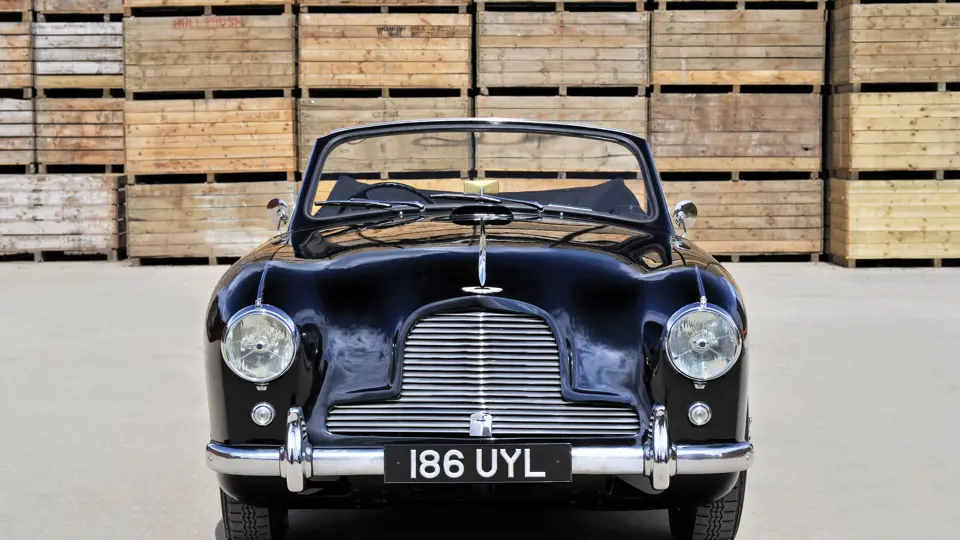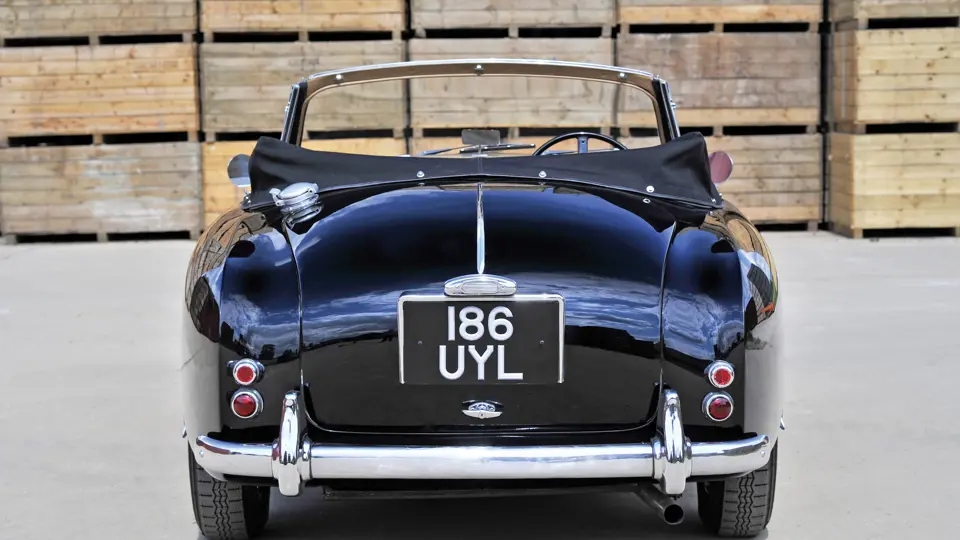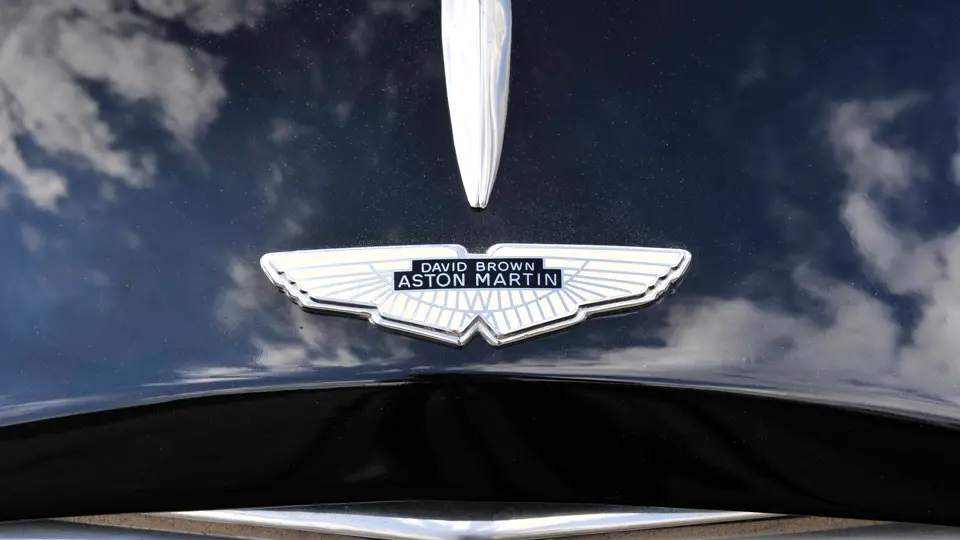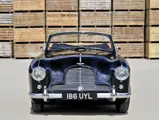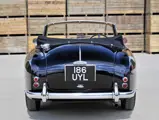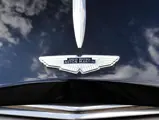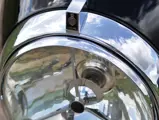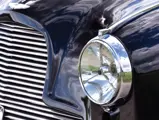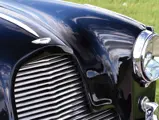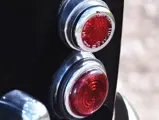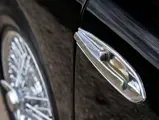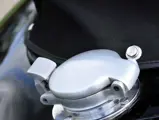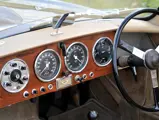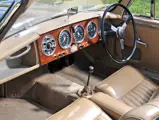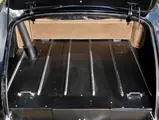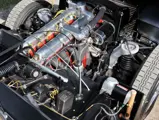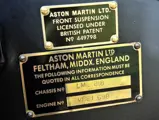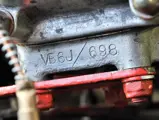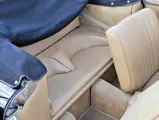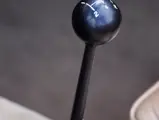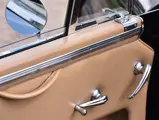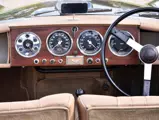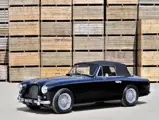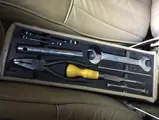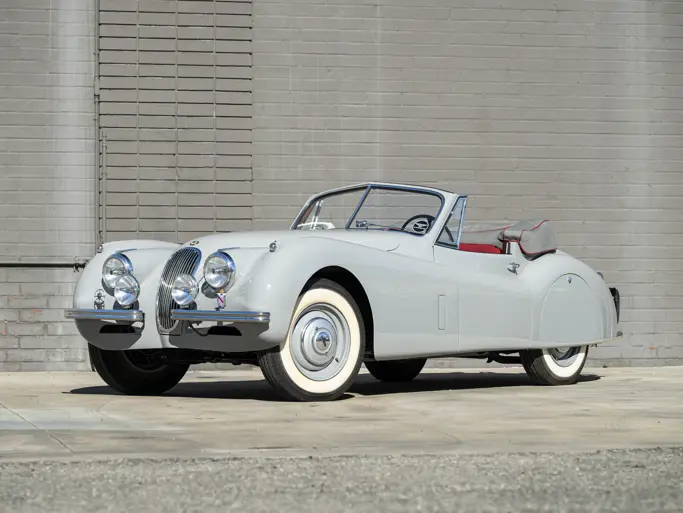140 bhp, 2,922 cc DOHC six-cylinder engine, four-speed manual transmission, independent front suspension, live rear axle with parallel arms and coil springs, and four-wheel drum brakes. Wheelbase: 2,515 mm
The DB2/4, named so because of its four seats, was an improvement on the slightly cramped but much-loved DB2. The model, designed by Frank Feeley, also boasted an enlarged rear window which opened upwards, exposing increased luggage space. This hatchback-like opening was years ahead of its time and was amongst the most useful of several bodywork redesigns. Additional changes included a wraparound windscreen, larger front and rear bumpers with over-riders, and repositioned headlights. The car also featured a leather-fronted ashtray that rotated into the dashboard when not in use, which is thought to have inspired Sir Ian Fleming to invent James Bond’s panel of spy instruments.
The first DB2/4s included the same dual overhead-cam straight-six Lagonda engines which had been used in the Vantage DB2s. A last-minute decision at the end of 1953 was made to install the brand-new 3.0-litre Lagonda engines, which allowed for the DB2/4 to reach top speeds of 120 mph and an impressive 100 mph in third gear. Matching Aston Martin’s elegant interior, the DB2/4 handled beautifully and received high praise from both The Motor and The Autocar. Ultimately, 761 models would be produced, of which a mere 102 of those were open drophead coupés.
The drophead DB2/4 offered here was originally sold to well-known Frenchman and racing car driver Hermanos Da Silva Ramos. He is known to have owned several DB2/4s during the 1950s, including this one, and although unconfirmed, he may have raced this very example. In 1953, he began racing his Astons in sports car races throughout France. In 1954, at Montlhéry, he finished 2nd at the Paris Cup and also participated at the 24 Hours of Le Mans, with Jean-Paul Colas as his co-driver, although they were forced to retire after the 14th hour. Da Silva Ramos would go on to race for Gordinis in the Formula One World Championship from 1955 to 1956, ultimately scoring several championship points.
The build sheet records two additional French owners, the third of whom bought the car in 1988. Chassis LML/818 was originally finished in Imperial Crimson with a Black hood over a Beige Connolly leather interior.
This is a magnificent example of one of the earlier and well-respected Aston Martin models, and it should not be overlooked.






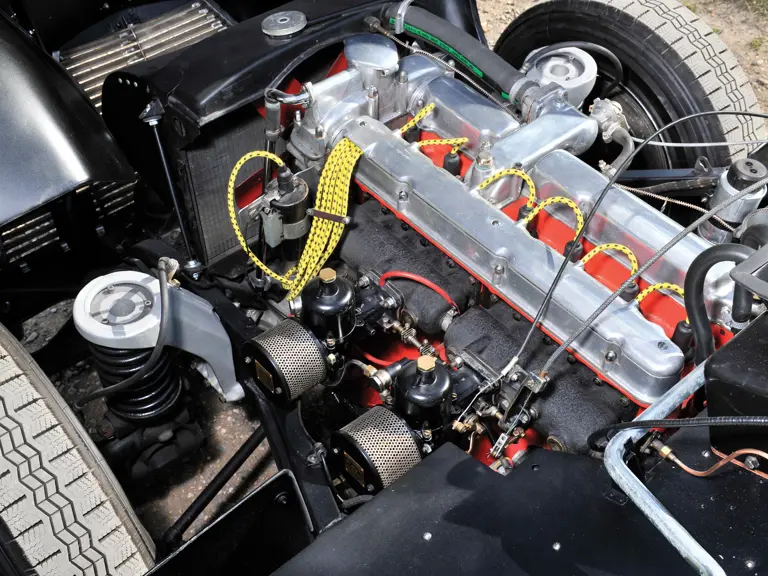

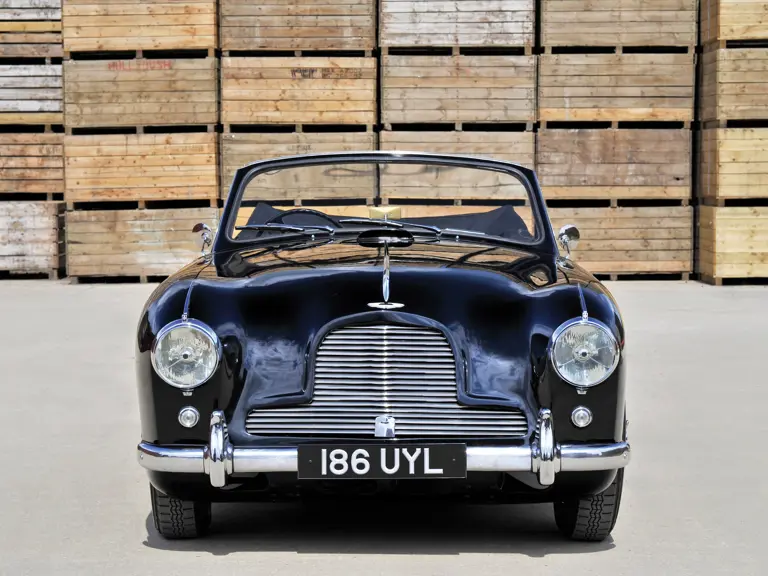
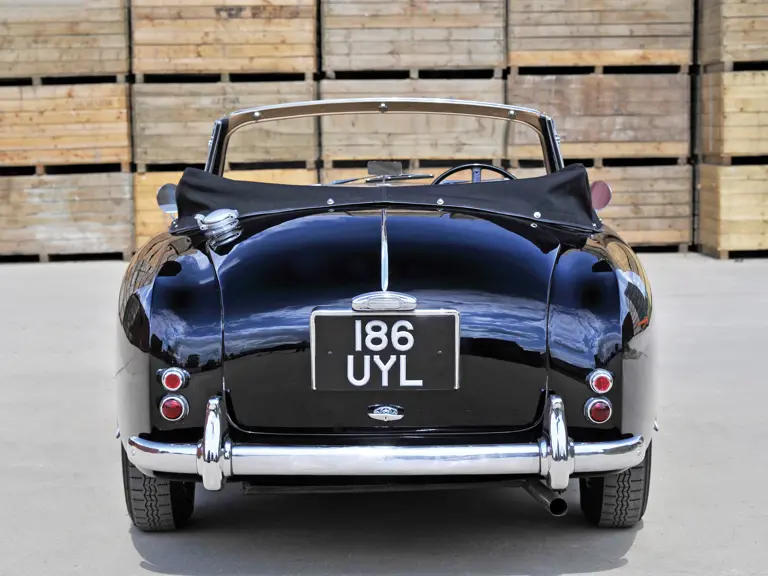


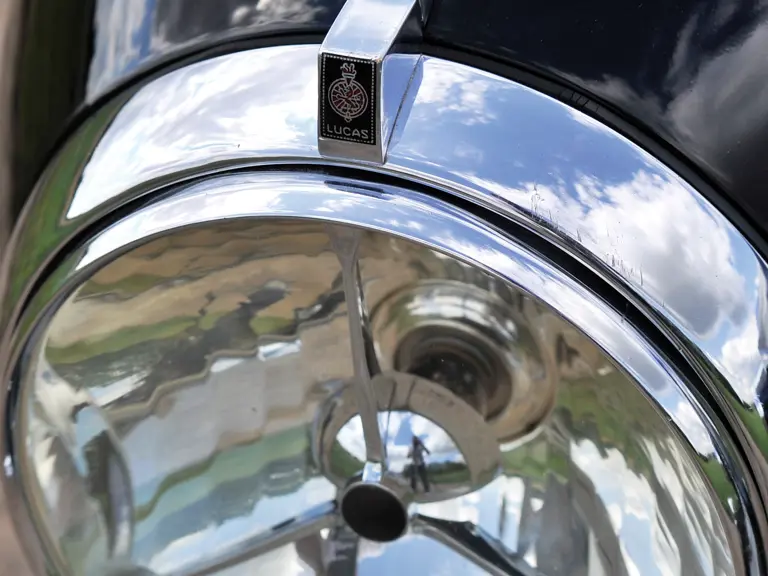
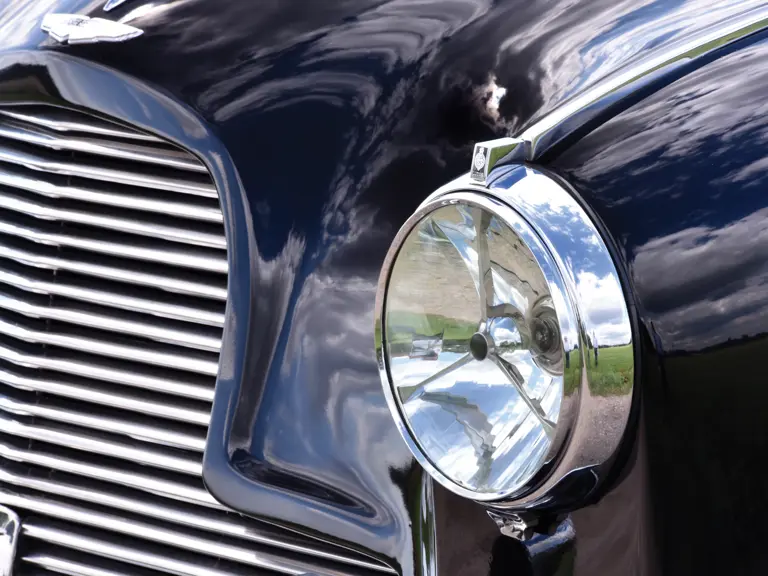

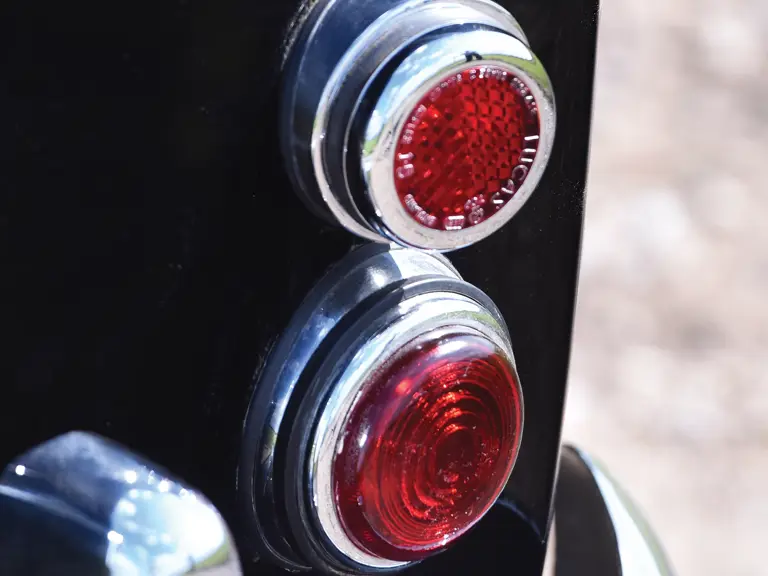

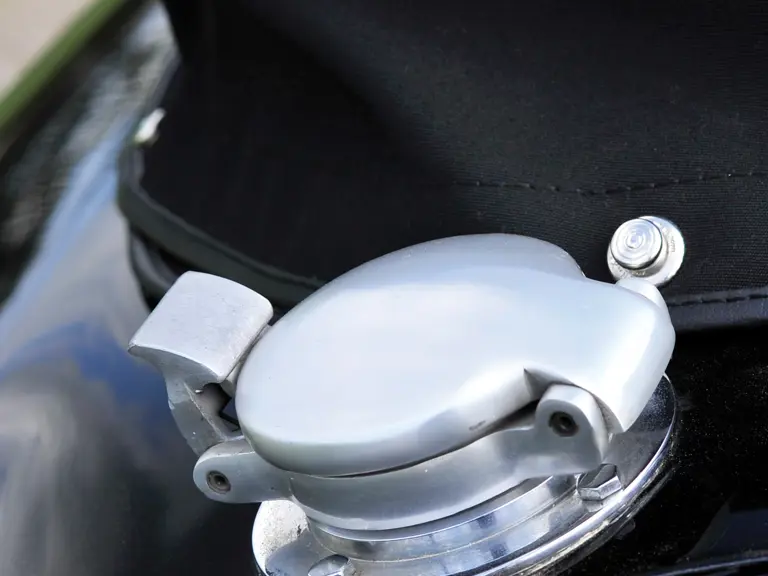


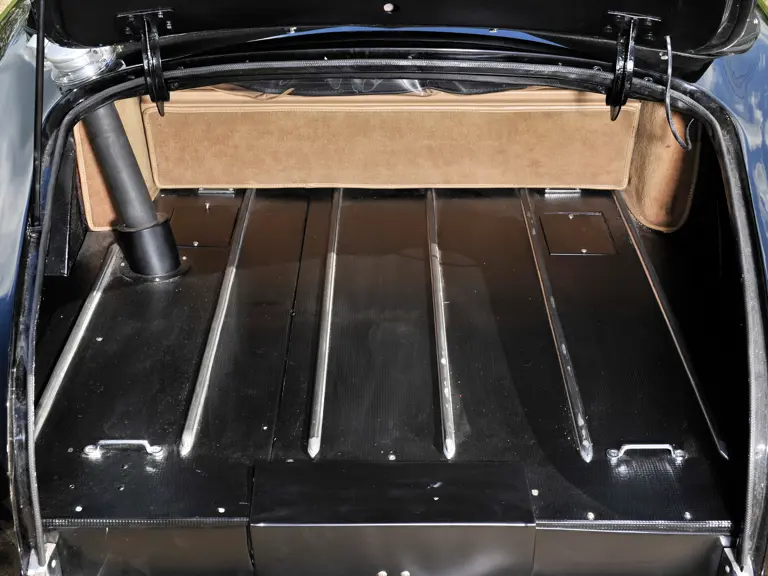
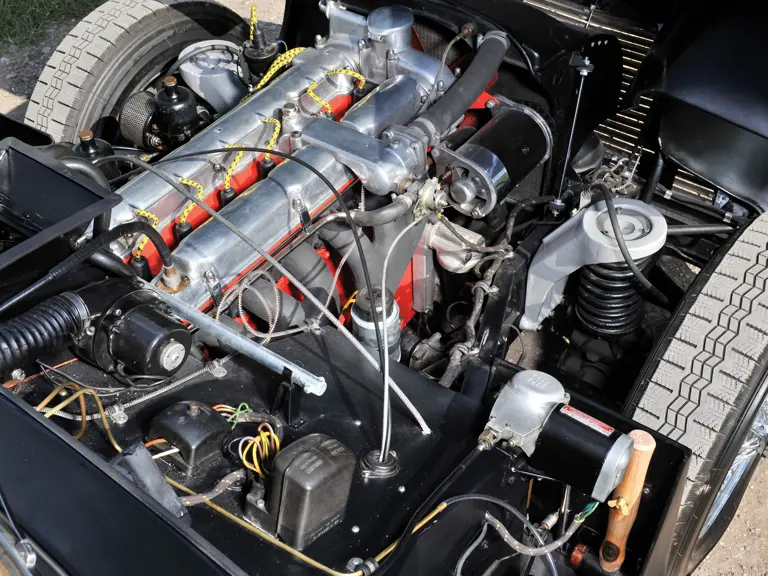
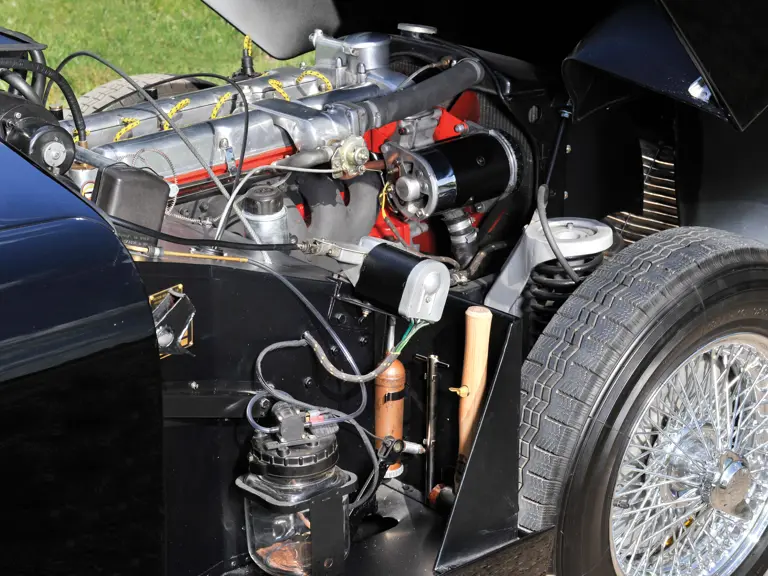
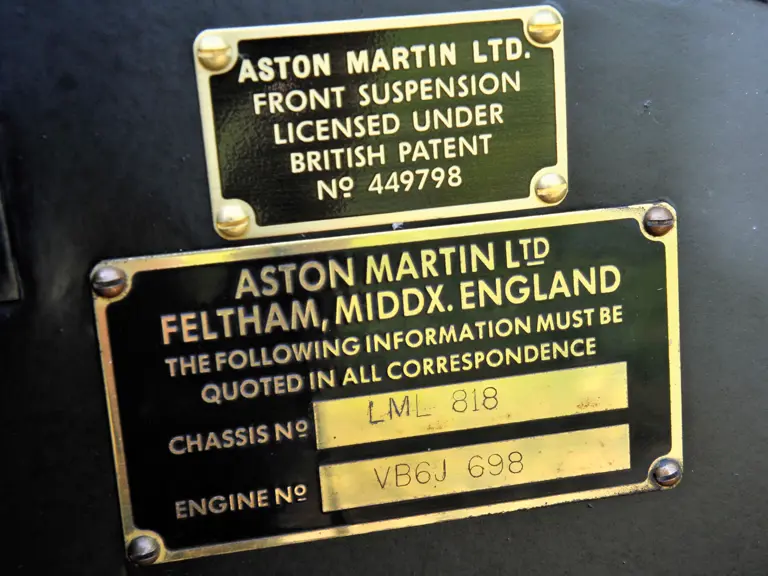
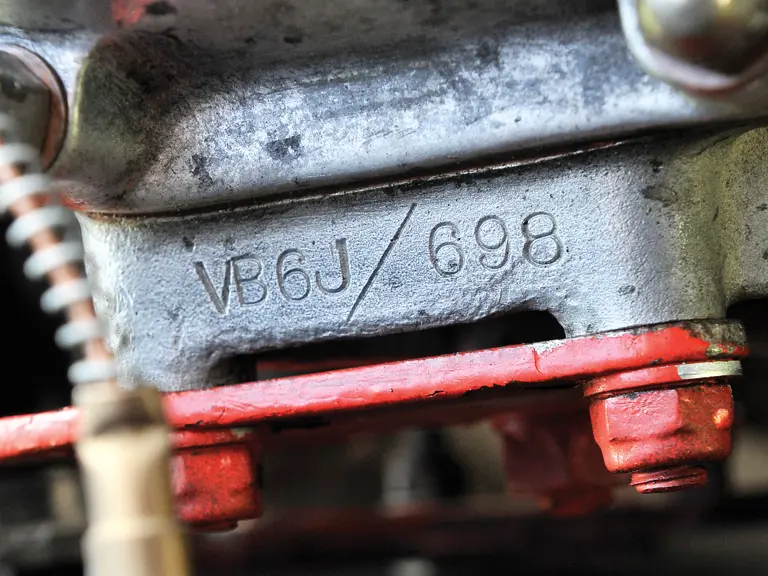
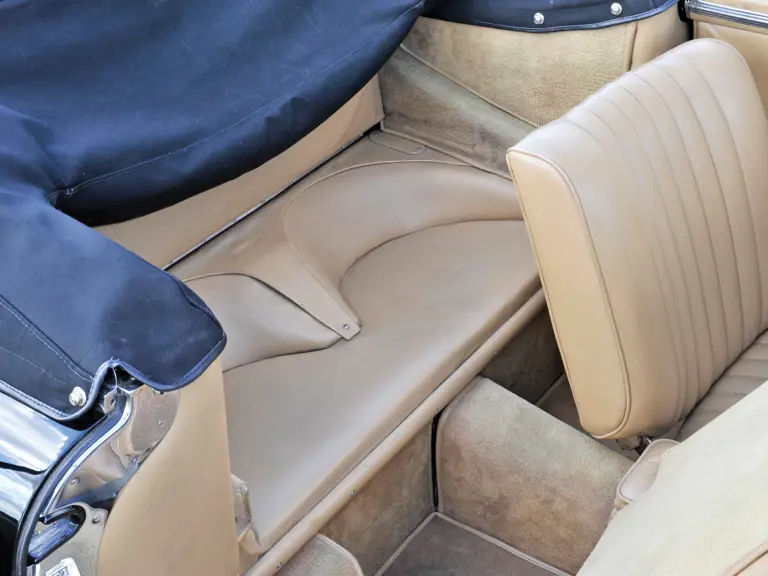
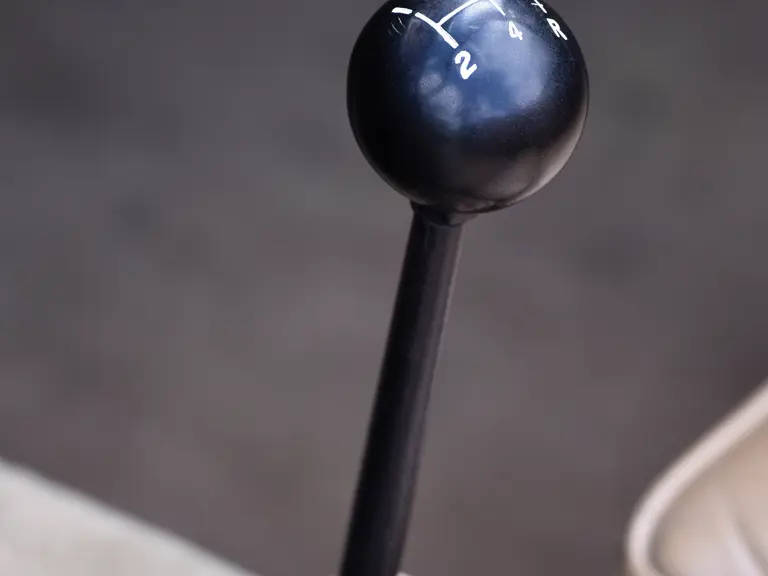
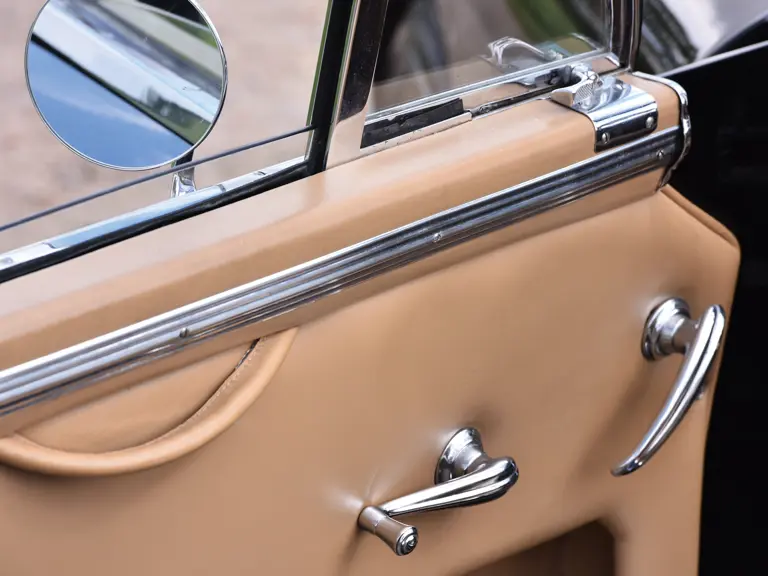
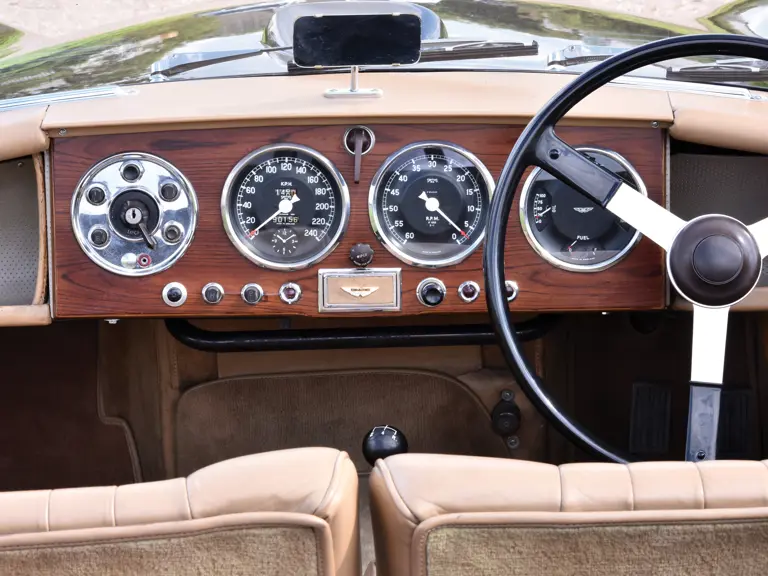
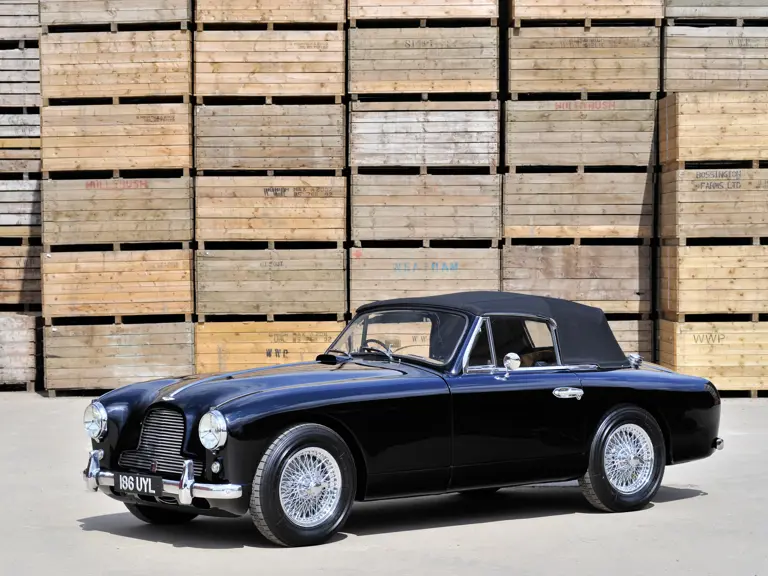
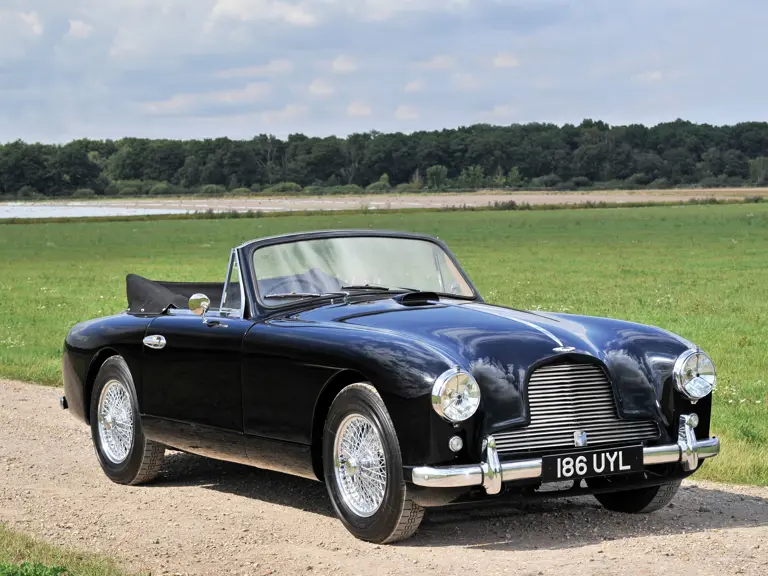


 | London, United Kingdom
| London, United Kingdom
